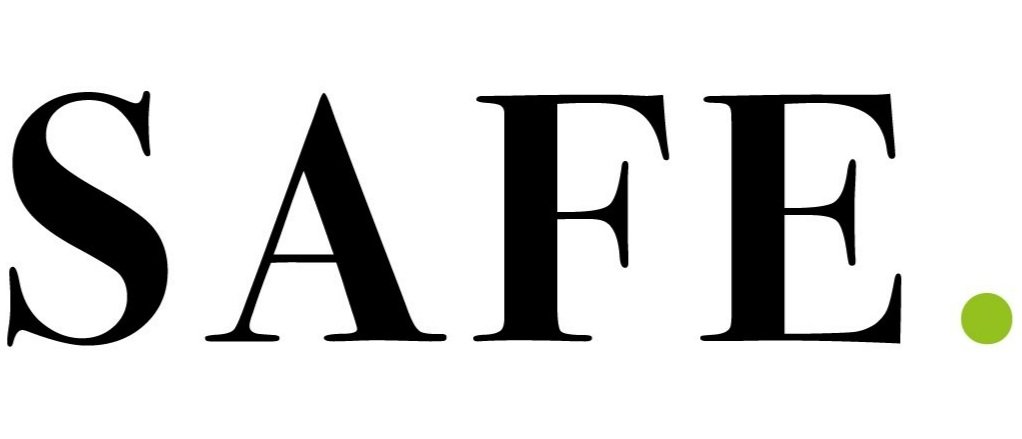Mess-ESG in a bottle
Environmental, Social and Governance (ESG) factors are becoming front and centre of decision making in todays’ businesses.
ESG considerations used to be “nice to haves” but are now “must haves” in the eyes of investors and customers and therefore also in corporate objectives.
The “nice to haves” have been around for decades but its only really in the last 12 months that ESG themes have rocketed to the top of corporate agendas. This begs the question “Why?”. Did we only suddenly just care about them?
Well, sort of, yes.
According to Forbes, millennials are set to inherit over $68 Trillion dollars by 2030. PWC analysis shows that 50% of the world’s workforce come from the so called “Selfie Generation” and this is set to grow to 75% over the next few years. In a third report, Businesswire indicates that 77% of millennials state that ESG factors are key in their decision-making process.
Combine those three data points and its clear that ESG factors are now beginning to impact corporate bottom lines. A competitive edge in a company’s responsible practices increases their pricing power and market share potential.
ESG is no longer only about being “green”, its also about maximising shareholder returns.
What does this mean for mineral resource companies?
Being people who dig big holes in the ground for a living, the commodities industry has had (and will continue to have) its fair share of ESG failures. The BP Deepwater Horizon spill, the Vale Tailings Dam failure and the Rio Tinto Juukan Gorge disaster are well known examples. What is especially noticeable is that the level accountability on the responsible companies is meaningfully increasing, and the resulting impact on share prices, access to capital and management clean-ups is being felt more deeply.
But it is not just these one-off events that matter. Increasing scrutiny on the ESG impacts of day-to-day operations is causing headaches for most resources’ companies and the number of reporting frameworks to comply with can seem overwhelming. This wave of change should not be seen as a problem but as an opportunity for companies to develop a commercial edge while doing the right thing for our global community.
Responsible sourcing is key.
A key element to good ESG practices is ensuring the materials sourced in your supply chain have been sourced responsibly. The manual nature and paper intensive model of physical supply chains make them easily corruptible. To create a truly responsible and transparent supply chain, all players in the supply chain need to get on-board.
Companies have to take a coordinated view of Legal, Process and Technology in order to deliver truly responsible supply chains and standardisation of processes is key in order for the industry to deliver the benefits promised by emerging technologies such as blockchain, IoT, and Cloud.
With the new EU conflict minerals regulation coming into effect from 1 January 2021, the time to act is now. Companies can no longer just “talk the talk” but will need to prove that they take responsible sourcing of minerals very seriously or face the consequences.
Safe Ltd. provides a clear path for customers who are looking to embrace ESG fundamentals into their supply chain as well as preparing processes, systems and the right technology in place for January 2021.
